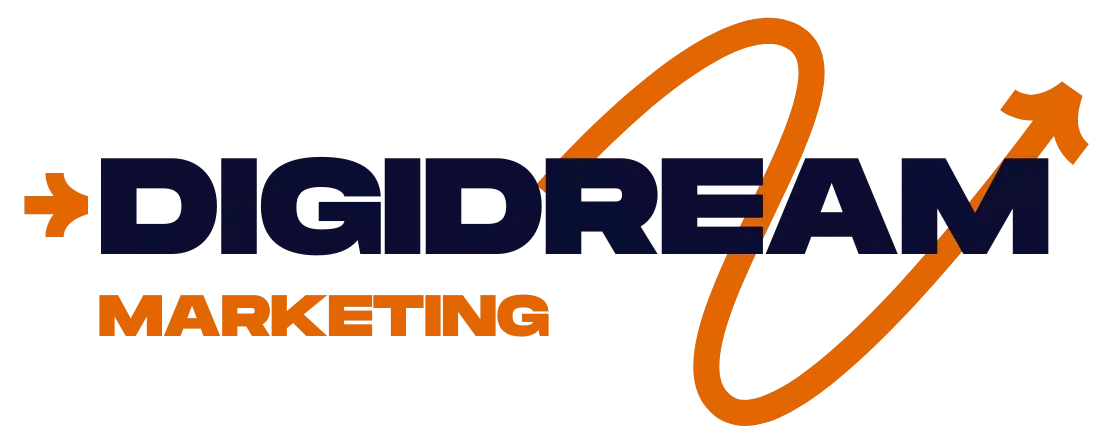Brands in a Semantic Web Era: From Backlinks to Semantic Authority – DigiDream
When diving into the world of search engine optimization (SEO), there’s a strong consensus about the power of backlinks. Indeed, Google revolutionized search with its insight that links from relevant websites act as a form of endorsement, a concept they called PageRank. Long-Standing proponents of traditional SEO have held that these “votes” are integral to a website’s authority and ranking.
However, the nuances have evolved significantly, especially with the rise of Large Language Models (LLMs). Unlike the traditional model of backlinks, LLMs gauge a brand’s authority through textual analysis. They consider the context, frequency, and co-occurrence of words, deriving semantic meaning that influences their understanding of brand authority.
Unlinked Content and Brand Recognition
Gianluca Fiorelli elucidates this in his insightful writings, emphasizing that brand mentions contribute significantly to a brand’s perceived authority. Although these mentions do not provide direct authority increases, they fortify the brand’s position within the larger semantic network. Frequent mentions across reputable platforms build a strong entity embedding, cohesively linking the brand with related entities and concepts.
Brands are gradually adapting to this new recognition standard, valuing off-site mentions regardless of backlinks, acknowledging that such mentions in credible sources enhance brand visibility.
Rethinking Off-Topic Links
The landscape of SEO sees diminishing returns from off-topic backlinks, which are links that aren’t relevant to the brand’s core theme or industry. Companies have long leveraged such links solely for traffic augmentation, but the tide is turning. With LLMs gaining prominence, the reliance on relevant context is paramount for brand visibility. Sites now prioritize meaningful content connections over traffic-driven strategies.
The Impact of Different Content Types
Our research indicates shifts in how different content types influence LLM visibility compared to traditional search engines. LLMs exhibit preferential treatment towards core site pages and significant documents, displaying less interest in collections or listicle formats. In essence, the intrinsic value of citations lies predominantly in core site pages, with the emphasis on legitimacy and authenticity.
Interestingly, this shift signals the need to prioritize website documents often overlooked, such as PDFs. These documents now play a crucial role in shaping an LLM’s interpretation, warranting increased attention to ensure they contribute effectively to the brand’s digital footprint.
Emphasizing Unique Document Structures for LLMs
Andrej Karpathy suggests strategizing content especially for LLMs. In contrast to writing primarily for human readers, preparing content readily digestible by LLMs becomes vital. This includes organizing information uniquely tailored for machine comprehension, ensuring clarity and cohesiveness throughout digital documents.
Enhancing document readability for LLMs involves incorporating consistent context, such as company identifiers in financial records, effectively bolstering the LLMs’ capacity to interpret segmented text accurately.
Non-Traditional SEO Data Sources
LLMs also derive insights from less conventional SEO sources like GitHub, which plays no direct role in SEO yet significantly contributes to the training foundation of LLMs. This points to a new realm of content optimization, particularly for developers and tech-centric audiences, by embedding brand-related context in code samples and repositories.
JavaScript and LLM Incompatibility
Elie Berreby notes that AI crawlers currently face difficulties in rendering JavaScript. While this limitation may not last indefinitely, it underscores a present challenge for websites heavily reliant on JavaScript for content delivery. Ensuring material is readily available without extensive client-side scripting helps maintain content visibility in the AI-driven landscape.
Ultimately, these observations reinforce the belief that while LLMs introduce fresh aspects to the digital content arena, they remain intrinsically tied to the broader SEO discipline. Brands adept in SEO are well-positioned to transition seamlessly into these augmented paradigms, adapting to the nuanced requirements of modern content visibility.
#SEO #DigitalMarketing #DigiDream #BrandVisibility #Backlinks #LLMs #ContentMarketing #JavaScriptSEO #TechTrends #SearchEngineOptimization #SemanticSearch #AuthorityBuilding







